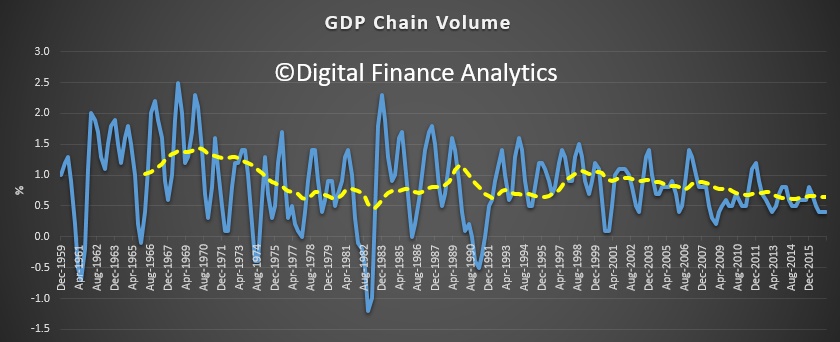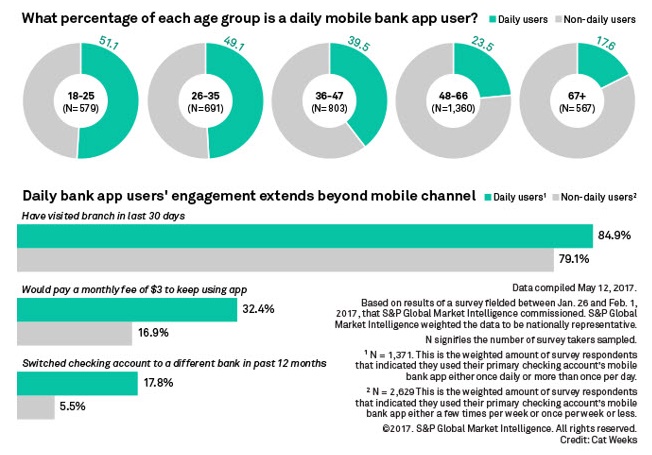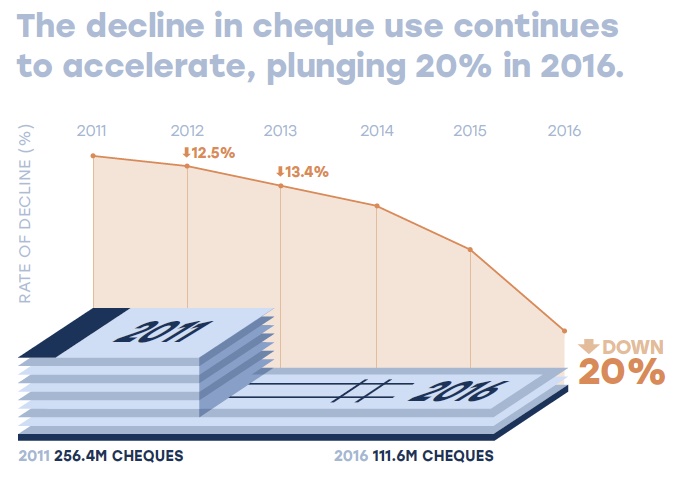The Sydney-based majors (CBA and Westpac) have a very different view to their Melbourne competitors (ANZ and NAB) when it comes to third-party distribution. CBA and Westpac’s move away from brokers is no secret. It’s been well documented: reported by Morningstar and called out by AFG.
There are a number of different reasons for why this is happening. For a start, both CBA and Westpac have traditionally held larger investor and interest-only books than NAB and ANZ, and larger proportions of each — brokers are a convenient lever for slowing the growth in these portfolios.
It’s more likely, however, that these banks simply aren’t as keen on brokers as ANZ and NAB. Paying for huge branch networks (a fixed cost) that are underperforming while also paying for third-party originations (a variable cost) rubs some CEOs the wrong way. Particularly as they scramble to meet ever-increasing capital requirements and — more importantly — produce profits for shareholders.
What about the customer?
In a recent interview with The Adviser, CBA chief executive Ian Narev said that while the broker network “provides a really important proposition that customers like and want” and will be a “critical part of the group strategy”, the “preference” was for customers to go through the proprietary channel.
He said: “[O]ur preference is always going to be, as you can imagine — for all sorts of reasons — to service as many of our customers through our own channels as we possibly can. That’s a strategic priority for us.”
Meanwhile, Westpac chief executive Brian Hartzer told The Adviser in May that while the bank has “no issue” with brokers, its branches are a priority: “We want to do better in our proprietary channels. We know that customers like to come directly to us online. We know that customers like visiting our branches and talking to our people.”
Compare this to ANZ’s strategy. Last year’s JP Morgan Australian Mortgage Industry report found that despite being the smallest of the four majors in the domestic mortgage market, ANZ has been successful in achieving the same dollar growth in mortgage balances since 2010.
“We believe a key driver of this result has been the success ANZ has had with the broker channel, with originations rising from ~40 per cent of flow to ~50 per cent of flow since 2010,” the report said.
Critically, JP Morgan found that ANZ has been steadily reducing its branch presence since 2011.
“ANZ is in the unique position where it has consistently grown its loan book above market for the last [few] years at the same time as it is actively reducing its branch presence and increasing its broker presence,” former JP Morgan banking analyst Scott Manning said.
“That is acting as a bit of a business case potentially for other banks to follow,” he said.
Like ANZ, NAB saw the writing on the wall and has made significant investments in the mortgage broking industry. Last year the group launched its Broking for Life campaign, along with an overhauled product suite, in an effort to take advantage of the growth in the third-party channel.
Speaking to The Adviser at the time, NAB’s Steve Kane explained why the group is banking on brokers.
“We did it on the basis that customers are going to brokers, they’re going to continue to go to brokers in ever-increasing amounts. If we don’t provide the right service and the right opportunity for those customers to deal with us through the broker, then… it’s not so much how much more we will get; it’s how much less we will get.
“It’s as much a defensive strategy as it is an acquisition strategy. It’s just the right thing to do. If we truly believe in the broker channel, and we do, then we had to show that, not just talk about it.”
Right now, there appear to be two distinct camps of major banks, separated geographically but also by their third-party strategies. One in Melbourne (ANZ and NAB) and one in Sydney (WBC and CBA). Together they hold around 85 per cent of the mortgage market. On most big issues the majors are generally in unison. On brokers they are now divided. They may even have different views about the future of broker commissions.
In an environment where big decisions are being made around broker remuneration, this is a great outcome for industry. If the big four were moving together as a unit, like they have on other matters, then things could get ugly. But they’re not.
The broking industry has effectively divided the majors — a significant development that could deliver some very positive outcomes for competition and policy setting if it continues.










